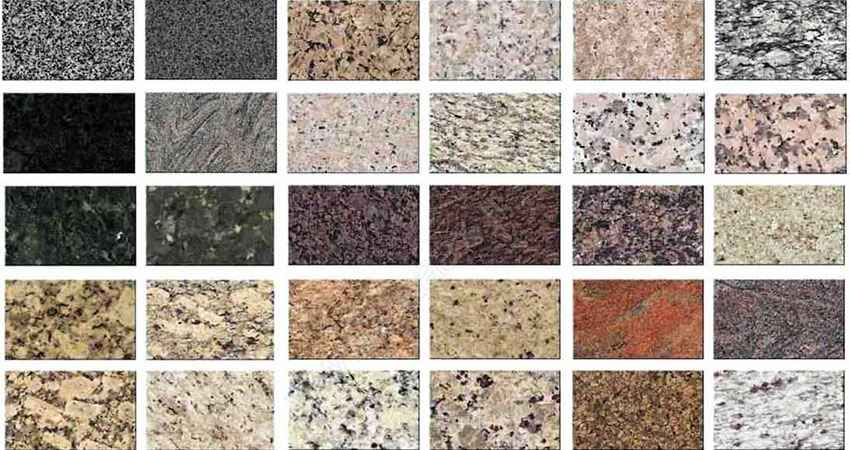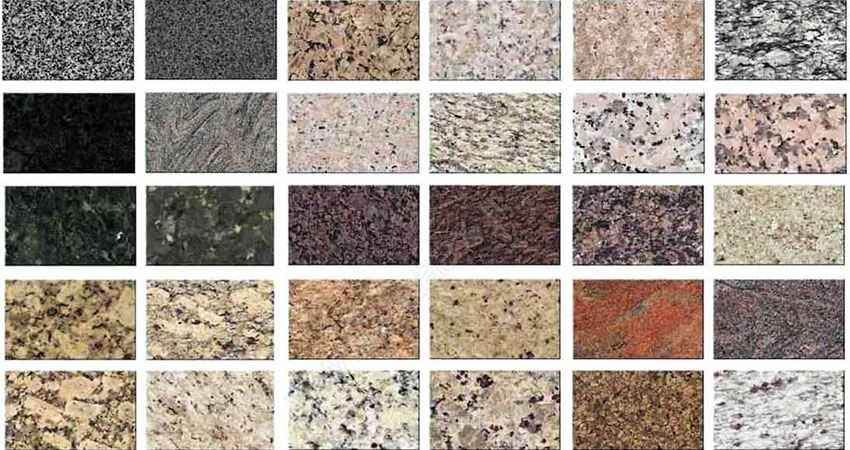- Tell : 09131114998
- Email : info@uranus-stone.com

Chemical composition of granite rock
- 1401/04/12 ,
- stone industries Uranus
- 0 Comment
Get to know the definitions and chemical compositions of granite
The size of the crystal and the location of granite formation depend on the existence of volcanoes and the type of activity of each one. In the previous sections, we said that the texture of granite is granular, and we also knew that the grains are composed of different types of minerals and are placed next to each other with high density.
The size of the crystal or grains inside the granite stone can be so small that we cannot distinguish them with the naked eye.
On the other hand, some types of granite have larger grains or crystals. Sometimes the size of granite stone crystals reaches several centimeters. All the things we mentioned about the nature and characteristics of granite stone have made granite a suitable stone for the internal and external architecture of buildings.
The high density of the stone is one of the factors that affect its bending ability. In other words, granite stones have a high bending ability, and for this reason, they are used for building, in this way, operations such as cutting can be easily performed on them. You know that the molten material inside the earth's core is composed of different metals.
However, granite is also made from the cooling of the same molten materials, that's why the amount of metals in granite is high. Limestones generally do not have this feature and are completely hypoallergenic and do not react to radiation. The presence of many metals in granite stones can be harmful to human health to some extent, that is why experts recommend not to use this type of stone in closed spaces of houses or offices.
read more:
What causes different colors in granite?
Granite rock formation site
Different definitions of granite
The word "granite stone" is known in different ways by different people. A simple definition is used in introductory courses. A more precise definition is provided by lithologists (geologists who specialize in the study of rocks). The definition of granite is greatly expanded when it is used by those who sell block stone such as counter tops, slabs, and building cladding.
These multiple definitions of granite can lead to communication problems. However, if you know who uses the word and who communicates it, you can interpret the word in its proper context. Three common uses of the word "granite" are explained below.
A) Definition of the introductory course
Granite is a light-colored coarse-grained igneous rock composed mainly of feldspars and quartz with small amounts of mica and amphibole minerals. This simple definition enables people to easily identify the stone by visual inspection.
b) Definition of lithologist
Granite is a plutonic rock in which quartz constitutes between 10 and 50% of the felsic components and alkali feldspar constitutes 65 to 90% of the total feldspar content. Using this definition requires the ability to identify and determine mineral properties of a skilled geologist.
Many rocks that would be known as "granite" using the introductory period definition would not be called "granitic rock" by lithologists. Instead, they may be alkaline granites, granodiorites, pegmatites, or aplites. A petrologist might call these rocks granitoids instead of granites.
Other definitions of buying granite are also provided based on the composition of minerals.
c) Other definitions
The intrusive igneous rock is coarse or medium grained, which is rich in quartz and feldspar. This rock is the most common plutonic rock of the rth's crust, which is formed by the cooling of magma (melting silicate) at depth.

Chemical composition of granite
Basically, the global average of the chemical composition of granite, based on weight percentage, based on 2485 analyzes is as follows:
*SiO2 72.04% (silica)
*Al2O3 14.42% (alumina)
*K2O 4.12%
*Na2O 3.69%
*CaO 1.82%
*FeO 1.68%
*Fe2O3 1.22%
*MgO 0.71%
*TiO2 0.30%
*P2O5 0.12%
*MnO 0.05%
Granite stone is always composed of quartz and feldspar minerals, which are sometimes accompanied by a wide range of other minerals (accessory minerals). Quartz and feldspar generally give granite a light color, from light pink to white.
This light background color is oxidized by dark minerals. Therefore, classic granite has a "salt and pepper" appearance. The most common accessory minerals are black mica biotite and black hornblende amphibole.
Almost all these rocks are plutonic and igneous (solidified from a magma). The random arrangement of grains in granite - the absence of fabric - is evidence of its plutonic origin. Rocks with the same composition as granite can form through long and intense metamorphism of sedimentary rocks. But these types of rocks have a strong fabric and are usually called gneiss granite.
Granite rock compositions
Concepts of granite stone
Place of granite formation
